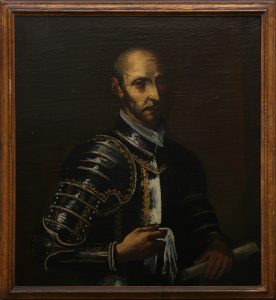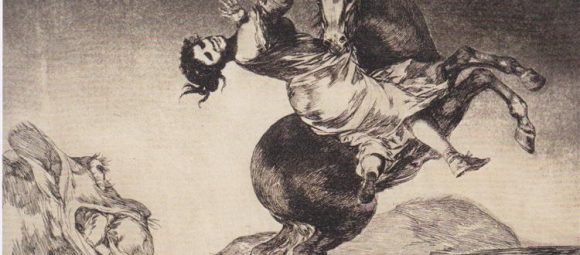What Is Symbolism in Art?
By Yana Ilyukhina | ANNO Media
Symbolism in art is like a hidden language — a way for artists to say more than what first meets the eye. Instead of simply creating a beautiful image, they embed deeper ideas using objects, colors, or figures. A single item in a painting might stand for love, sacrifice, or transformation. It’s a visual code that encourages you to slow down, look again, and ask: What is this really about?
For someone just starting to explore art, spotting symbolism can feel a bit like solving a mystery. But once you get the hang of it, it opens a door into the artist’s world — their beliefs, emotions, and the time they lived in. To see how this works, let’s look at the story of Ignatius of Loyola — a man whose dramatic life inspired generations of artists to tell his journey through symbols.
Ignatius of Loyola: A Story Told Through Symbols
Ignatius of Loyola (1491–1556) started life as a Spanish soldier and ended it as the founder of the Jesuit order, known for its focus on education and missionary work. His transformation — from warrior to spiritual leader — made him a compelling figure for artists, especially during the Baroque period of the 1600s, when the Catholic Church used dramatic imagery to inspire faith.

Painters used powerful symbols to tell Ignatius’s story:
-
The Book: Often shown holding a book, Ignatius is identified through The Spiritual Exercises, a guide he wrote to help people deepen their relationship with God. In art, this book stands not just for knowledge, but for spiritual direction and lasting influence.
-
The Cross or Crucifix: These symbols highlight Ignatius’s devotion to Christ. When he’s shown gazing at a cross, it represents his commitment to spiritual sacrifice over earthly ambition.
-
Armor or Sword: Reminders of his early military life, these items—often depicted discarded or at his feet—symbolize his decision to leave behind violence and seek a higher purpose.
-
Light or Halo: A common element in religious art, light or a glowing halo around Ignatius signals divine inspiration and holiness, suggesting he lived closely aligned with God’s will.
A striking example is Caravaggio’s depiction of Saint Ignatius (c. 1600). With his face dramatically illuminated and set against a dark background, Ignatius appears consumed by spiritual passion. The light doesn’t just highlight his features — it’s symbolic of divine presence. The surrounding darkness might reflect the personal trials he overcame, such as his early life driven by pride and ambition.
Symbolism Beyond Religion
Of course, symbolism isn’t limited to saints and spiritual leaders. Artists throughout history have used it to explore everything from mortality to identity:
-
The Skull in Dutch Still Lifes: In 17th-century paintings by artists like Pieter Claesz, a skull might appear among fruit, candles, or wine glasses. This is a classic memento mori — a visual reminder that life is short, and we should focus on what truly matters. The message isn’t so different from Ignatius’s teachings about setting worldly things aside for something more meaningful.
-
The Dove in Renaissance Art: Whether symbolizing peace or the Holy Spirit, doves often appear in religious scenes or allegorical works. In pieces like Botticelli’s The Birth of Venus, the dove adds a layer of symbolism that goes beyond the surface beauty.
-
The Broken Column in Frida Kahlo’s Self-Portrait (1944): Kahlo paints herself with an open body and a shattered column running through it. It’s a powerful metaphor for her physical pain and emotional resilience. Much like Ignatius’s armor, her image reflects personal suffering transformed into strength.
Why Symbolism Still Matters
Whether you’re wandering through a cathedral in Spain or stepping into a museum in Amsterdam, understanding symbolism helps you read the stories hidden in the art around you. You start to notice the details — a book here, a shadow there — and realize that these aren’t just random choices. They’re part of a larger conversation between the artist and the viewer.
Seeing a painting of Ignatius holding a cross and a book becomes more than a portrait — it becomes a reflection on faith, change, and purpose. Spotting a skull tucked into a still life reminds you of the fleeting nature of life. These symbols add depth, turning an image into a layered, emotional experience.
Symbolism invites us to connect with art on a more personal level. It turns looking into seeing, and travel into discovery. For anyone drawn to history, culture, or the human experience, it’s a reminder that meaning is everywhere — you just have to learn to look for it.



